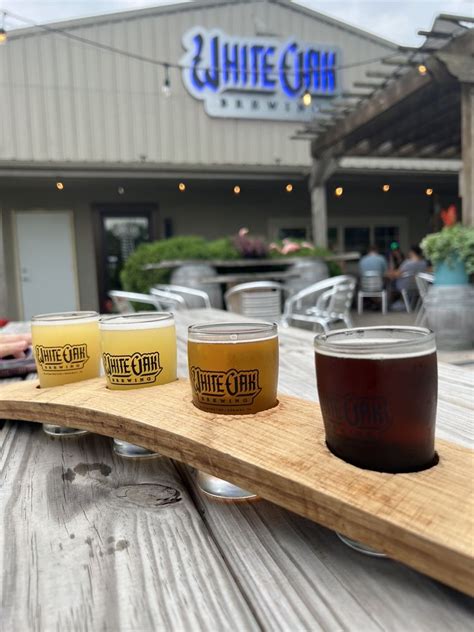The world of retail therapy, where the allure of shiny new possessions and the thrill of the hunt can be utterly irresistible. For some, shopping is a harmless pastime, a way to unwind and indulge in some well-deserved self-care. But for others, it can be a slippery slope, leading to a cycle of overspending, debt, and downright chaos. Meet Rebecca Bloomwood, a relatable and endearing protagonist, who embodies the complexities of a confessed shopaholic.
Rebecca’s story begins with a candid admission: she is hopelessly, irreparably, and utterly addicted to shopping. Her days are filled with the constant pursuit of the next big purchase, the next must-have item, and the next designer label. Her credit card statements are a testament to her lack of self-control, with dizzying totals and exorbitant interest rates that threaten to engulf her. And yet, despite the obvious risks, Rebecca can’t seem to help herself. She is drawn to the allure of luxury, the prestige of premium brands, and the sheer exhilaration of acquisition.
As we delve deeper into Rebecca’s world, it becomes apparent that her shopaholism is not just about the products themselves, but about the emotional highs and lows that come with them. Shopping is her coping mechanism, her stress-reliever, and her confidence booster. It’s a way to momentarily escape the pressures of everyday life, to forget about the mundanity of her job, and to indulge in a fantasy world of glamour and sophistication. But, as the bills pile up and the debt collectors start to circle, Rebecca is forced to confront the harsh realities of her addiction.
One of the most striking aspects of Rebecca’s story is the way it highlights the societal pressures that drive consumerism. We live in a world where material possessions are often seen as a status symbol, where the latest gadgets and designer clothes are coveted and admired. Social media platforms like Instagram and Facebook are awash with curated images of perfect lives, showcasing exquisite interiors, flawless beauty, and enviable wardrobes. It’s no wonder that Rebecca, like many of us, feels the need to keep up appearances, to project an image of success and affluence, even if it means sacrificing financial stability and peace of mind.
Now, let’s take a closer look at the psychology behind Rebecca’s shopaholism. According to experts, shopping addiction is often linked to underlying issues such as low self-esteem, anxiety, and depression. The instant gratification of purchasing can provide a temporary mood boost, but it can also create a vicious cycle of dependence. In Rebecca’s case, her shopping habits are deeply ingrained, stemming from a complex mix of childhood influences, social conditioning, and personal insecurities. As we explore her backstory, it becomes clear that her addiction is not just about the shopping itself, but about the emotional voids she’s trying to fill.
Research suggests that shopping addiction affects approximately 18 million adults in the United States alone, with women being more likely to suffer from the condition than men. The reasons behind this disparity are complex, but they often involve societal expectations, cultural norms, and the ways in which women are socialized to prioritize appearance and consumerism.
As Rebecca navigates the treacherous landscape of her own addiction, she begins to realize that there are no quick fixes or easy solutions. Overcoming shopaholism requires a fundamental shift in mindset, a willingness to confront the underlying issues, and a commitment to developing healthier coping mechanisms. It’s a journey that’s fraught with challenges, setbacks, and disappointments, but also filled with opportunities for growth, self-discovery, and transformation.
In the following sections, we’ll delve deeper into the complexities of shopping addiction, exploring the warning signs, the consequences, and the potential solutions. We’ll examine the role of therapy, support groups, and financial counseling in overcoming addiction, and we’ll discuss the importance of self-awareness, mindfulness, and intentional spending.
The Warning Signs of Shopping Addiction
Shopping addiction can manifest in different ways, but some common warning signs include:
- Spending more than you can afford, leading to financial difficulties and debt
- Feeling anxious, depressed, or irritable when you’re unable to shop or purchase something you want
- Using shopping as a way to cope with stress, emotions, or boredom
- Hiding purchases or lying about spending habits to friends and family
- Feeling a strong urge or craving to shop, even when it’s not necessary or practical
Overcoming Shopping Addiction: A Path to Recovery
Recovering from shopping addiction requires a comprehensive approach that addresses the physical, emotional, and financial aspects of the condition. Some strategies for overcoming addiction include:
- Seeking professional help from a therapist or counselor
- Joining a support group, such as Debtors Anonymous or Spenders Anonymous
- Practicing mindfulness and self-awareness to recognize triggers and patterns
- Developing healthier coping mechanisms, such as exercise, meditation, or creative pursuits
- Creating a budget and sticking to it, with the help of a financial advisor or planner
Conclusion
Rebecca’s story serves as a powerful reminder that shopping addiction is a complex and multifaceted issue, driven by a combination of psychological, social, and cultural factors. While it may seem like a harmless indulgence, the consequences of unchecked consumerism can be devastating, leading to financial ruin, emotional distress, and a profound sense of disconnection. As we reflect on Rebecca’s journey, we’re invited to examine our own relationships with shopping, consumption, and material possessions. By doing so, we may just discover that the true cost of our purchases goes far beyond the price tag, and that the greatest luxury of all is the freedom to live a life that’s authentic, intentional, and truly fulfilling.
What are the warning signs of shopping addiction?
+Common warning signs include spending more than you can afford, feeling anxious or depressed when you can’t shop, using shopping as a way to cope with emotions, hiding purchases or lying about spending habits, and feeling a strong urge or craving to shop.
How can I overcome shopping addiction?
+Strategies for overcoming shopping addiction include seeking professional help, joining a support group, practicing mindfulness and self-awareness, developing healthier coping mechanisms, and creating a budget and sticking to it.
What are the consequences of shopping addiction?
+The consequences of shopping addiction can include financial difficulties, debt, emotional distress, feelings of guilt and shame, and a profound sense of disconnection from oneself and others.



